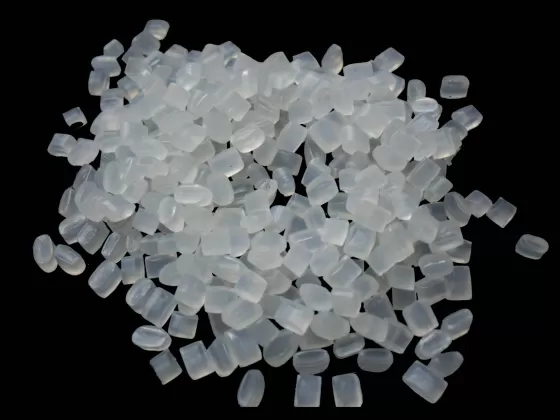

PVC material is the abbreviation of polyvinyl chloride, which is the polymerization product of vinyl chloride. Angre's flame-retardant PVC material is often used in the production of wires and cables, transparent hoses, various pipes, etc. PVC is a widely used synthetic plastic product in the world. It can be divided into hard PVC and soft PVC according to hardness. The two types of PVC materials are used in different fields.
At present,hard PVC materials are mainly used for various pipes,doors and windows, daily necessities, various cards, etc。Soft PVC materials are also widely used, and are often used in the production of transparent hoses, soft signs and cards, artificial leather, disposable inspection gloves, floors, tablecloths, plastic shoes, cable sheaths and insulation materials, etc.
PVC(Polyvinyl Chloride)is a commonly used material in the wire and cable industry. It has good electrical insulation properties and certain mechanical strength. The advantages of PVC materials include low cost,easy processing,certain flame retardancy and chemical corrosion resistance.
However,PVC produces toxic chlorine-containing smoke when burned,which is harmful to the environment and human health.Therefore,PVC materials are restricted in certain applications, especially in occasions with high environmental protection requirements.
In wires and cables, PVC is usually used as an insulation layer and sheath material. Its operating temperature range is generally between -40℃ and 105℃,which is suitable for insulation materials for low-voltage cables and insulation materials for control cables.
The manufacturing technology of PVC cable materials is mature, easy to form and process, and the cost is relatively low. The temperature resistance grade of PVC materials can be improved by formula optimization and cross-linking treatment to meet higher operating temperature requirements.
With the increase in environmental awareness, alternatives to PVC materials such as low-smoke halogen-free materials (LSOH) are gradually gaining attention. These materials produce less smoke when burned and do not contain halogens that are harmful to the human body and the environment, so they are considered to be more environmentally friendly options.
In terms of the selection of wire and cable materials, in addition to PVC, there are other materials such as polyethylene (PE), cross-linked polyethylene (XLPE), and polypropylene (PP), each of which has different performance characteristics and application fields.
For example, XLPE has excellent heat resistance and mechanical properties and is suitable for making high-voltage cables. PE is often used in the insulation of communication cables or the sheath of power cables due to its good electrical insulation properties and low temperature resistance.
| PROPERTIES | VALUE | Typical value | UNIT | Method |
| PHYSICAL PROPERTIES | ||||
| Hardness 15S reading |6mm Swatches | 79±2 | 79 | Shore D | GB/T 2411 |
| Specific Gravity | 1.58±0.02 | 1.58 | g/cm3 | GB/T 1033 |
| Tensile strength | ≥ 38 | 38 | MPa | GB/T 1040 |
| Elongation at break | ≥ 75 | 80 | % | GB/T 1040 |
| UL Temperature rating | 60 | 60 | ℃ | UL |
| Brittleness Temperature | -45 | -45 | ℃ | GB/T5470 |
| Thermal stability | ≥ 60 | 61 | Minute | ISO 182A |
| melt flow rate (P=10kgs, g/10min) | 0.90 ~ 1.00 | 0.95 | g/10 min | \ |
| FLAME CHARACTERISTICS | ||||
| Flame retardant rating | V0 | V0 | / | UL94 |
| PLASTICIER | DINP | |||
| PROCESSING PARAMETERS OF extrusion | ||||
| Maximum Moisture Conten | 0.02 | % | — | |
| Extruder Length/Diameter Ratio(L/D) | 25 : 1 TO 30:1 | — | ||
| Screw Speed | 15-85 | rpm | — | |
| One Zone Temperature | 145±5 | ℃ | — | |
| Two Zone Temperatures | 150±5 | ℃ | — | |
| Three Zone Temperature | 155±5 | ℃ | — | |
| Four Zone Temperature | 160±5 | ℃ | — | |
| Cross-head Temperature | 160±5 | ℃ | — | |
| Die Temperature | 155±5 | ℃ | — | |
| Baking temperature | 80 * 3 | ℃*h | — | |